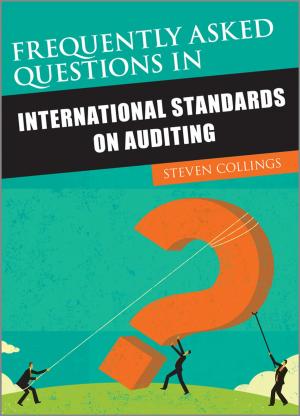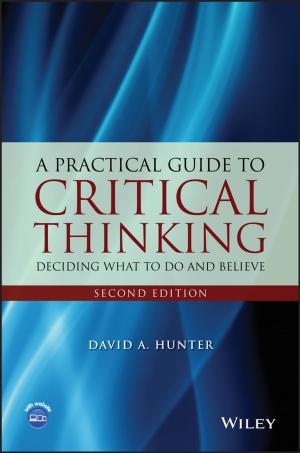Human Emerging and Re-emerging Infections
Nonfiction, Science & Nature, Science, Biological Sciences, Microbiology| Author: | ISBN: | 9781118644645 | |
| Publisher: | Wiley | Publication: | November 9, 2015 |
| Imprint: | Wiley-Blackwell | Language: | English |
| Author: | |
| ISBN: | 9781118644645 |
| Publisher: | Wiley |
| Publication: | November 9, 2015 |
| Imprint: | Wiley-Blackwell |
| Language: | English |
Emerging and re-emerging pathogens pose several challenges to diagnosis, treatment, and public health surveillance, primarily because pathogen identification is a difficult and time-consuming process due to the “novel” nature of the agent. Proper identification requires a wide array of techniques, but the significance of these diagnostics is anticipated to increase with advances in newer molecular and nanobiotechnological interventions and health information technology.
Human Emerging and Re-emerging Infections covers the epidemiology, pathogenesis, diagnostics, clinical features, and public health risks posed by new viral and microbial infections. The book includes detailed coverage on the molecular mechanisms of pathogenesis, development of various diagnostic tools, diagnostic assays and their limitations, key research priorities, and new technologies in infection diagnostics. Volume 1 addresses viral and parasitic infections, while volume 2 delves into bacterial and mycotic infections.
Human Emerging and Re-emerging Infections is an invaluable resource for researchers in parasitologists, microbiology, Immunology, neurology and virology, as well as clinicians and students interested in understanding the current knowledge and future directions of infectious diseases.
Emerging and re-emerging pathogens pose several challenges to diagnosis, treatment, and public health surveillance, primarily because pathogen identification is a difficult and time-consuming process due to the “novel” nature of the agent. Proper identification requires a wide array of techniques, but the significance of these diagnostics is anticipated to increase with advances in newer molecular and nanobiotechnological interventions and health information technology.
Human Emerging and Re-emerging Infections covers the epidemiology, pathogenesis, diagnostics, clinical features, and public health risks posed by new viral and microbial infections. The book includes detailed coverage on the molecular mechanisms of pathogenesis, development of various diagnostic tools, diagnostic assays and their limitations, key research priorities, and new technologies in infection diagnostics. Volume 1 addresses viral and parasitic infections, while volume 2 delves into bacterial and mycotic infections.
Human Emerging and Re-emerging Infections is an invaluable resource for researchers in parasitologists, microbiology, Immunology, neurology and virology, as well as clinicians and students interested in understanding the current knowledge and future directions of infectious diseases.















